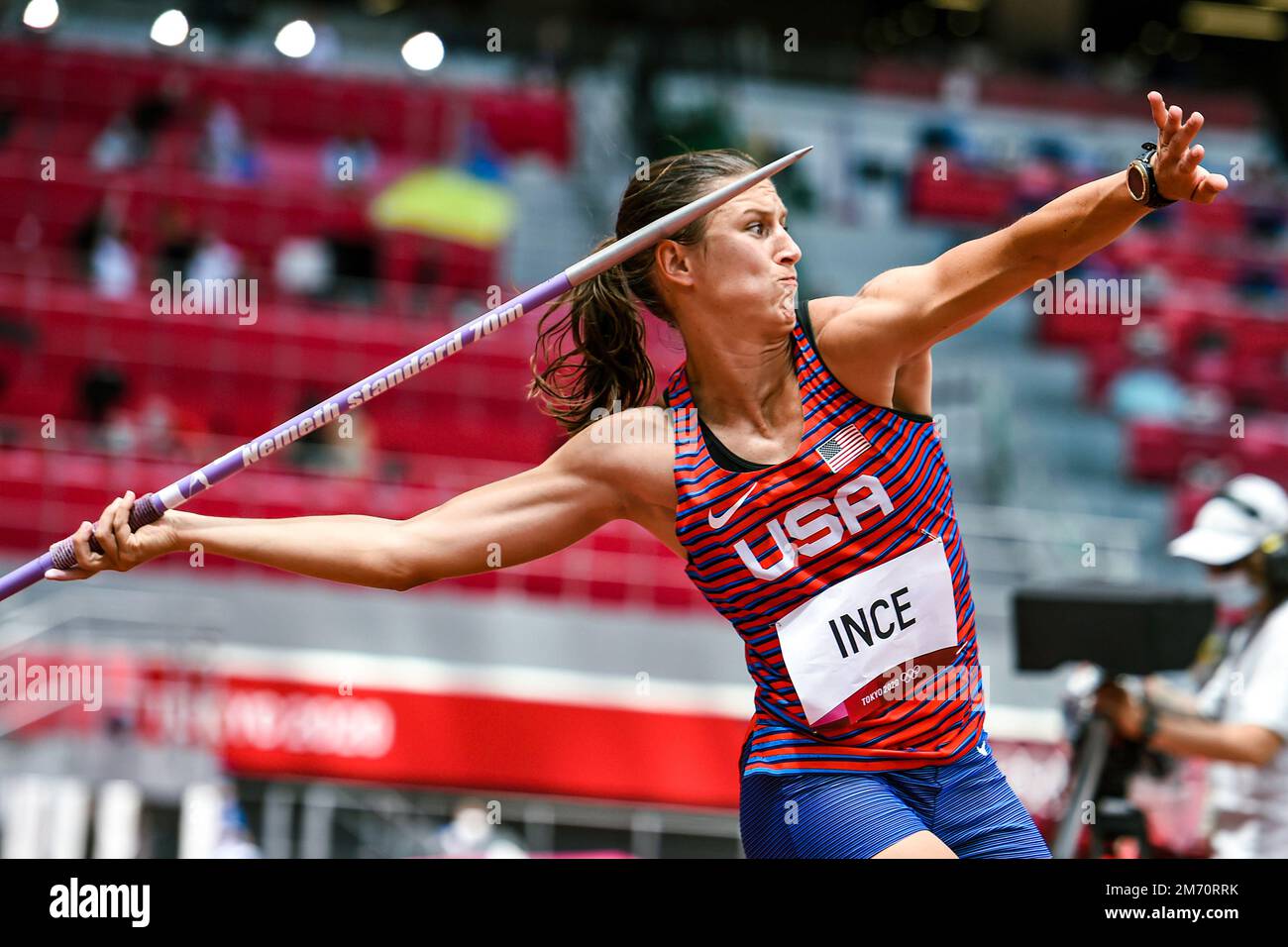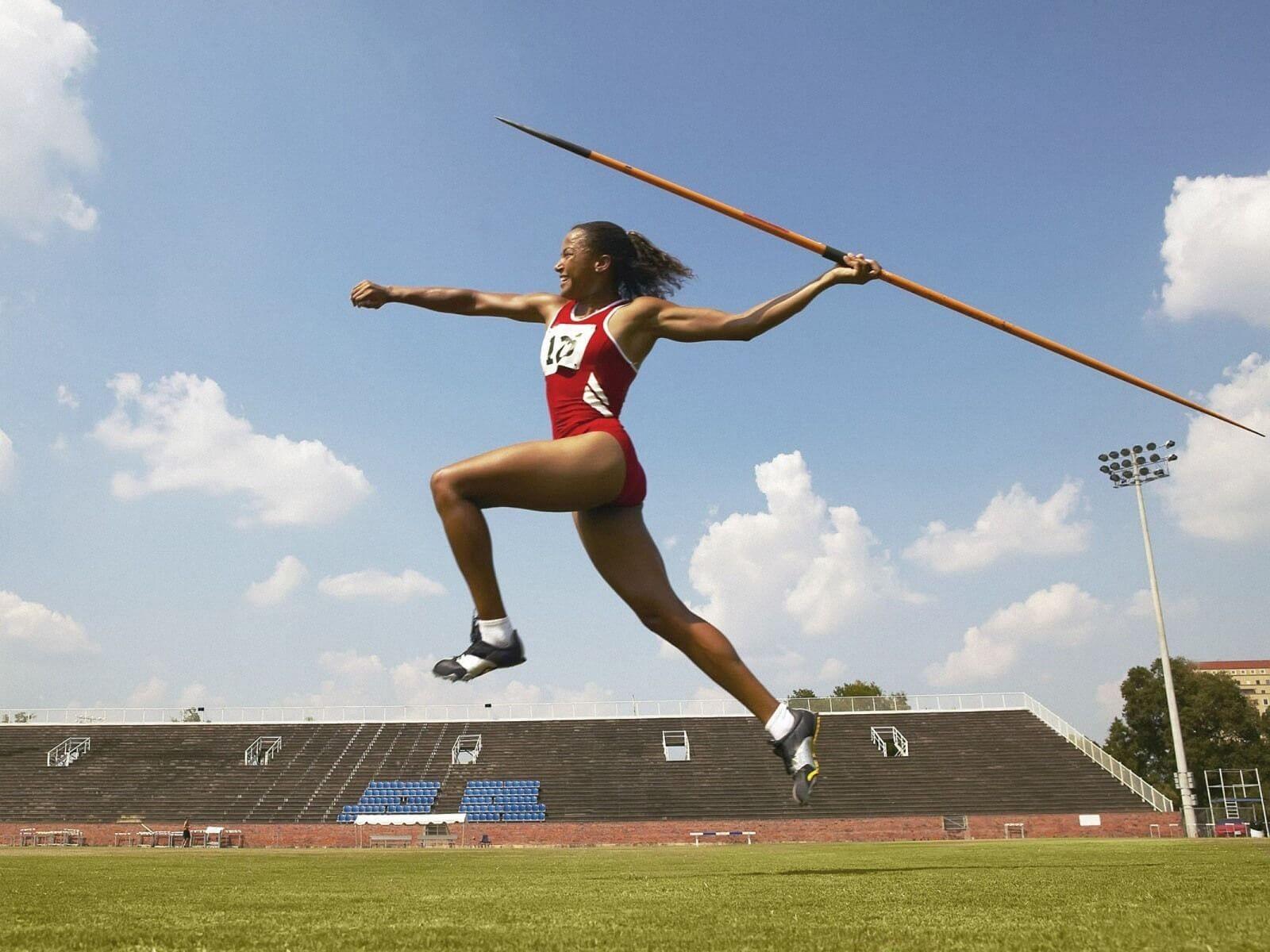History and Evolution of the Javelin Throw

The javelin throw, a test of strength, precision, and athleticism, has a rich history spanning centuries. Its roots can be traced back to ancient times, where it was used for hunting and warfare. Over time, the javelin evolved from a practical tool to a competitive sport, finding its way into the Olympic Games and captivating audiences worldwide.
Evolution as an Olympic Sport
The javelin throw’s journey into the Olympic Games began in the early 20th century. It was first included in the 1906 Intercalated Games in Athens, Greece, and later became a permanent fixture in the modern Olympic Games in 1908. The early years of the sport witnessed a gradual evolution in technique and equipment. Athletes initially employed a “straight-arm” throw, but this style was later replaced by the more efficient “overhand” technique, which allowed for greater distance.
Significant Rule Changes
The javelin throw has undergone several significant rule changes throughout its history, impacting the sport’s trajectory. One notable change occurred in 1985, when the javelin’s center of gravity was moved forward. This modification aimed to reduce the distance thrown and make the sport more accessible to a wider range of athletes. The rule change had a dramatic effect, as it led to a significant decrease in distances thrown, with some athletes struggling to adapt to the new regulations.
Technological Advancements
Technological advancements have also played a crucial role in shaping the javelin throw. The introduction of new materials, such as fiberglass and carbon fiber, led to the development of lighter and more aerodynamic javelins. These advancements allowed athletes to throw further and with greater accuracy. The evolution of javelin design has been a continuous process, with manufacturers constantly seeking to improve performance and enhance the sport’s appeal.
Notable Athletes and Their Contributions
The javelin throw has been graced by a multitude of legendary athletes who have pushed the boundaries of human performance. Finnish javelin thrower Matti Järvinen, who won the gold medal at the 1932 Summer Olympics, is considered one of the sport’s pioneers. He established a world record of 71.70 meters, a mark that stood for nearly two decades. Another notable athlete, Steve Backley of Great Britain, dominated the sport in the 1990s, winning the world championship four times and setting a new world record of 91.46 meters in 1990. His exceptional skill and athleticism inspired a generation of javelin throwers.
Techniques and Strategies in Javelin Throw: Athletics At The Summer Olympics – Javelin Throw Schedule

The javelin throw is a complex event that requires a combination of strength, speed, and technique. Athletes must utilize a specific set of skills and strategies to launch the javelin as far as possible. The primary goal is to maximize the distance the javelin travels through the air, and this is achieved by harnessing the principles of physics and biomechanics.
Throwing Techniques
Different throwing techniques are employed by elite javelin throwers, each with its own advantages and disadvantages. The most common techniques include the “overhand” or “classic” technique and the “reverse” technique.
- Overhand Technique: This is the most traditional technique and is used by a majority of throwers. The athlete holds the javelin behind their head, with the javelin pointed towards the sky. They then swing their arm forward and release the javelin at a high angle, aiming for a smooth, powerful throw. The overhand technique emphasizes a strong upper body rotation and a powerful forward thrust.
- Reverse Technique: In this technique, the athlete starts with the javelin held in front of their body, with the javelin pointed downwards. They then swing their arm backward and then forward, releasing the javelin at a lower angle. The reverse technique is often seen as more efficient for generating speed and momentum.
Proper Form and Biomechanics, Athletics at the summer olympics – javelin throw schedule
Proper form is crucial for achieving maximum distance and accuracy in the javelin throw. This involves ensuring the athlete’s body is aligned correctly during the throw and that each movement is executed smoothly and efficiently. Key aspects of proper form include:
- Grip: The javelin is typically gripped with the dominant hand near the end of the shaft, with the non-dominant hand placed closer to the center of the shaft. This grip allows for maximum leverage and control during the throw.
- Run-up: The athlete approaches the throwing area with a series of steps, building up speed and momentum. The run-up is crucial for generating the power needed for the throw. The athlete must maintain a balanced and controlled run-up, ensuring a smooth transition into the throwing phase.
- Throwing Action: This is the most critical part of the throw, involving a coordinated sequence of movements that transfer the athlete’s energy into the javelin. The athlete should focus on maintaining a smooth and powerful throwing motion, ensuring the javelin is released at the optimal angle and with the maximum velocity.
- Follow-Through: The follow-through is the final stage of the throw, where the athlete continues the throwing motion after releasing the javelin. A strong follow-through helps ensure that the athlete maintains balance and stability after the throw.
Training Methods
Javelin throwers undergo rigorous training programs to develop the necessary strength, speed, and technique for competition. Training methods include:
- Strength Training: This involves exercises that build muscle strength and power, focusing on the upper body, legs, and core muscles. This includes exercises like squats, deadlifts, bench presses, and overhead presses.
- Speed and Agility Training: These exercises focus on improving the athlete’s speed, agility, and coordination. This may include sprints, plyometrics, and agility drills.
- Technical Training: This focuses on refining the athlete’s throwing technique, ensuring proper form and execution. It involves working with coaches to break down the throwing motion into individual components and practice each element repeatedly.
- Javelin-Specific Drills: These are drills designed to improve specific aspects of the javelin throw, such as the grip, run-up, and throwing action. They are performed with a javelin or a lightweight substitute, focusing on developing muscle memory and proper technique.
Strategies for Maximum Distance and Accuracy
Athletes employ various strategies to achieve maximum distance and accuracy in the javelin throw. These strategies involve:
- Angle of Release: The angle at which the javelin is released is crucial for maximizing distance. The optimal angle of release is typically around 45 degrees, but this can vary depending on the athlete’s technique and the wind conditions.
- Wind Conditions: Wind conditions can significantly impact the distance of the throw. A tailwind will help the javelin travel further, while a headwind will reduce the distance. Athletes must adjust their throwing technique and angle of release to account for the wind conditions.
- Body Alignment: Proper body alignment during the throw is essential for achieving accuracy and distance. The athlete’s body should be aligned in a way that allows for maximum power transfer into the javelin.
- Mental Focus: Mental focus and concentration are essential for a successful javelin throw. Athletes must be able to maintain their focus throughout the throw, even under pressure.
Athletics at the summer olympics – javelin throw schedule – Gotta love the adrenaline rush of the javelin throw at the Summer Olympics! The tension, the power, the perfect arc – it’s a sight to behold. But after all that excitement, sometimes you just need to chill out.
A wooden hanging chair stand is the perfect way to unwind and soak in the Olympic vibes. Speaking of vibes, I can’t wait to see who throws the javelin the furthest this year! It’s gonna be epic.
Okay, so you’re hyped about the javelin throw at the Olympics, right? But let’s be real, sometimes the drama off the field is even more exciting. Like, did you hear about those rumors swirling around who cheated on Hunter Schafer?
who cheated on hunter schafer Anyway, back to the javelin – gotta love those powerful throws, especially when you’re watching the best athletes in the world compete!
